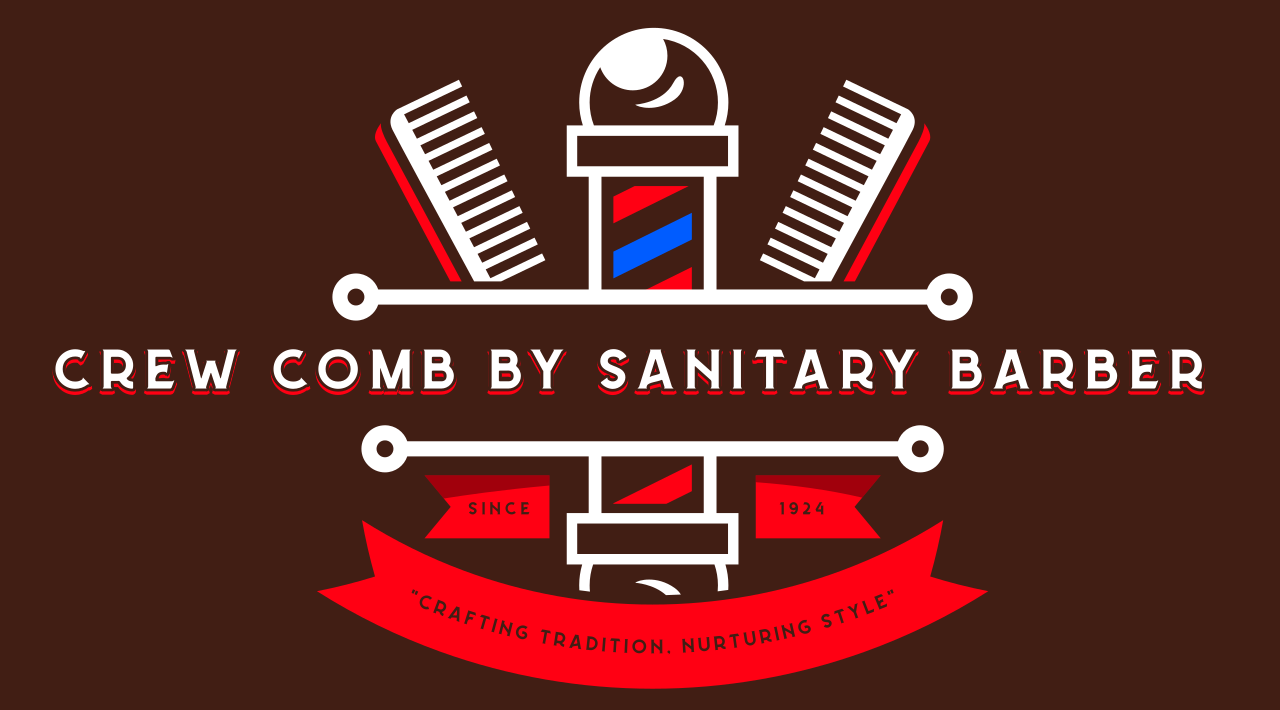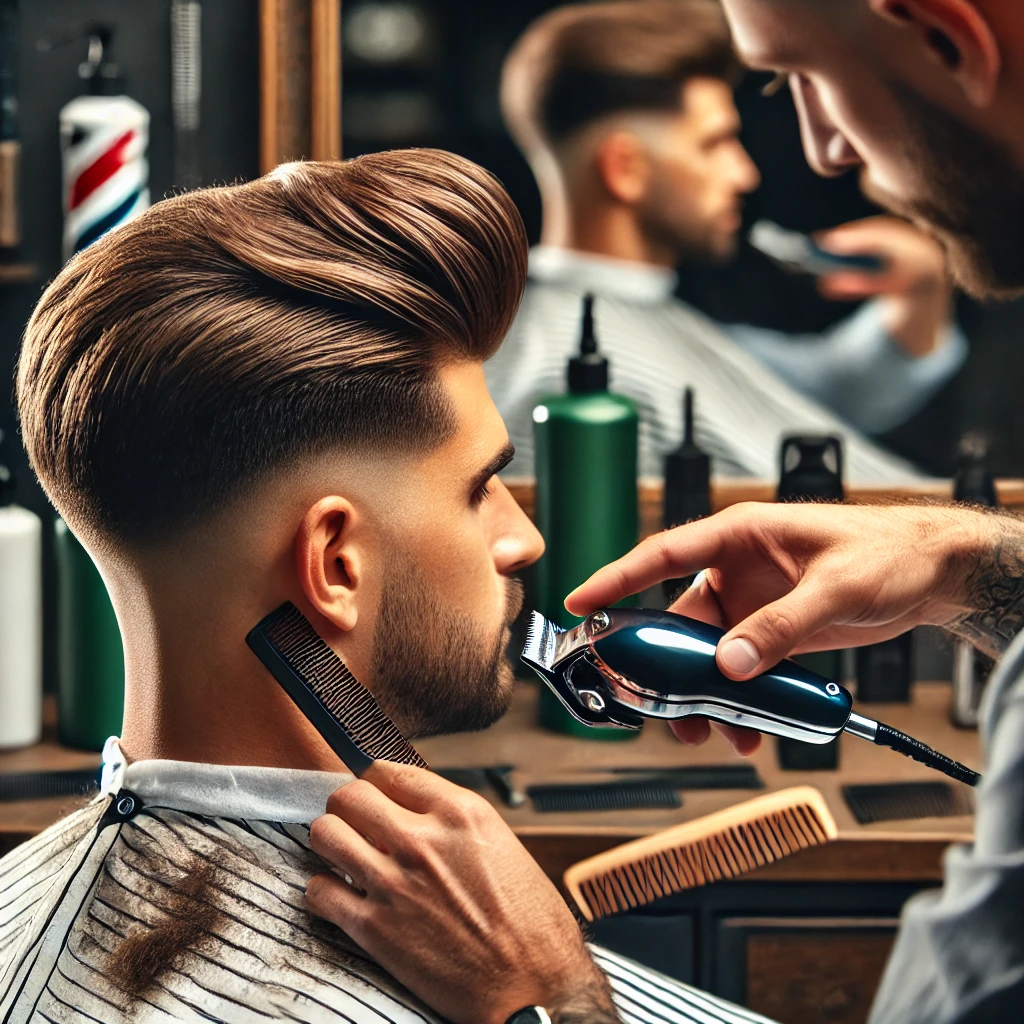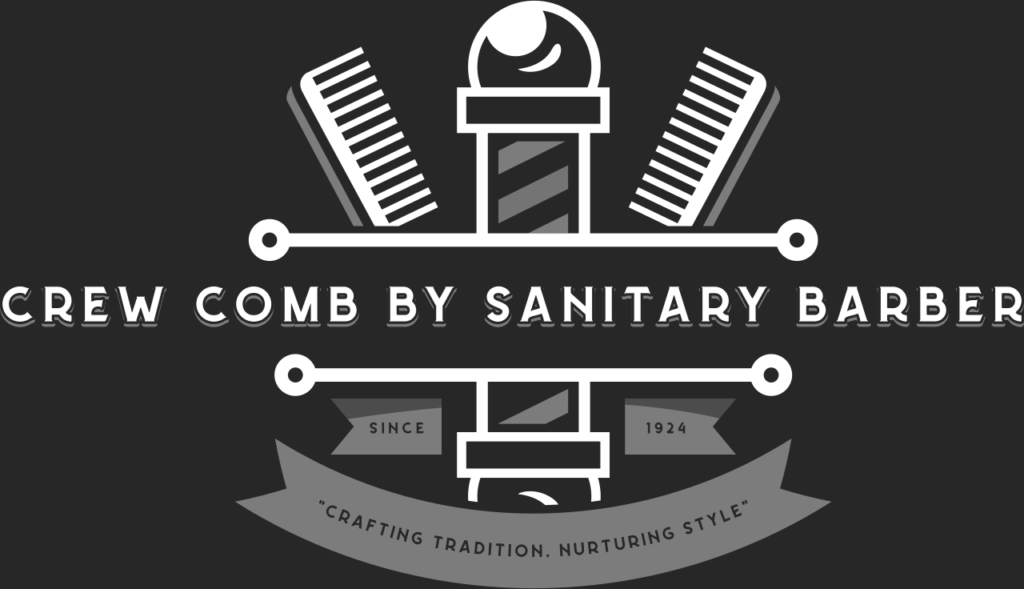The fade haircut is more than just a trend—it’s a timeless style that has been a staple in the barbering world for decades. Known for its clean, sharp look, the fade is a versatile haircut that suits a variety of hair types and personal styles. Whether you’re aiming for a subtle gradient or a bold contrast, mastering the art of the fade requires skill, precision, and a deep understanding of barbering techniques.
In this article, we’ll delve into the intricacies of the fade, offering insights from experienced barbers on how to achieve the perfect look. Whether you’re a professional barber looking to refine your technique or someone interested in understanding what goes into a great fade, these tips will guide you through the process.
Understanding the Fade: The Basics
At its core, the fade is a haircut that gradually transitions from short to shorter, blending seamlessly into the skin at the base of the hairline. The beauty of the fade lies in its versatility—you can adjust the length, starting point, and gradient to create a variety of looks, from low fades that are subtle and understated to high fades that offer a more dramatic contrast.
Types of Fades:
- Low Fade: Begins just above the ears and follows the hairline closely. Ideal for those who want a subtle look.
- Mid Fade: Starts higher up, around the temples, and provides a balanced look that’s not too subtle but not too bold.
- High Fade: Begins at the crown of the head, creating a striking contrast between the long hair on top and the shaved sides.
Tools of the Trade
To master the fade, having the right tools is essential. Here’s what you’ll need:
- Clippers with Adjustable Guards: A quality pair of clippers is your most important tool. Look for clippers with adjustable guards to create different lengths and a smooth transition.
- Straight Razor: For detailing and finishing the fade, a straight razor helps achieve a clean, sharp line.
- Comb: A fine-toothed comb is essential for guiding the clippers and ensuring an even cut.
- Trimmers: Use trimmers for precise edging around the hairline and to clean up any stray hairs.
Step-by-Step Guide to Mastering the Fade
- Start with Clean, Dry Hair: Begin with clean, dry hair to ensure that the clippers move smoothly and that you can see the true length of the hair. Comb through the hair to remove any tangles and to determine the natural fall of the hair.
- Determine the Fade Line: Decide where you want the fade to start. For a low fade, begin just above the ears; for a mid fade, start around the temples; and for a high fade, begin at the crown of the head. Mark this line lightly with the clippers or a comb.
- Begin with the Longest Guard: Start with the longest guard that will be used in the fade. Work your way up from the bottom of the hairline to the fade line, using smooth, even strokes. This will set the base length for the fade.
- Gradually Decrease the Guard Size: Switch to a shorter guard and begin blending the hair upwards, working towards the fade line. Use a flicking motion at the fade line to create a smooth transition between the different lengths. Continue decreasing the guard size until you reach the desired fade.
- Blend and Refine: After the initial fade is created, use a comb and the clippers without a guard to blend any harsh lines or uneven areas. This step is crucial for achieving a seamless fade.
- Detailing and Edging: Use trimmers and a straight razor to clean up the edges around the hairline, ears, and neck. This step adds the finishing touches that make the fade look sharp and polished.
Tips from the Pros
- Patience is Key: Don’t rush the process. Taking your time ensures that each step is done correctly, resulting in a more precise and professional-looking fade.
- Check Your Work Frequently: Stop periodically to check your progress in the mirror. Look for any uneven spots or lines that need further blending.
- Practice Different Techniques: Every client’s hair is different, so it’s important to practice various fading techniques. Experiment with clipper angles, pressure, and blending methods to find what works best for you.
The Fade: A Style That Stands the Test of Time
The fade haircut is more than just a barbering technique—it’s a statement of style and craftsmanship. By mastering the art of the fade, you can offer your clients a timeless, versatile look that never goes out of fashion. Whether you’re working with a classic low fade or experimenting with bold high fades, the key to success is precision, patience, and a deep understanding of the craft.
With the right tools, techniques, and a commitment to perfection, you can elevate your barbering skills and offer your clients a fade that’s as flawless as it is stylish.


